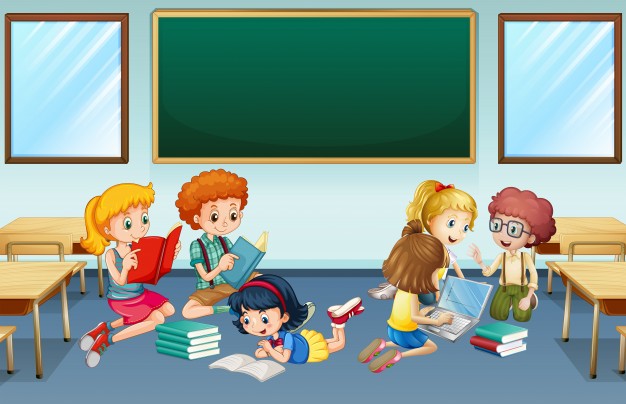Reading Comprehension | Improving Strategies
This module explores comprehension strategies and their benefits. Examine descriptions of each type of comprehension strategy, instructional implications for teaching comprehension, and sample lessons.
Although word recognition, decoding, and fluency are building blocks of effective reading, the ability to comprehend text is the ultimate goal of reading instruction. Comprehension is a prerequisite for acquiring content knowledge and expressing ideas and opinions through discussion and writing.
Comprehension is evident when readers can:
- Interpret and evaluate events, dialogue, ideas, and information
- Connect information to what they already know
- Adjust current knowledge to include new ideas or look at those ideas in a different way
- Determine and remember the most important points in the reading
- Read “between the lines” to understand underlying meanings
Comprehension strategies work together like a finely tuned machine. The reader begins to construct meaning by selecting and previewing the text. During reading, comprehension builds through predicting, inferring, synthesizing, and seeking answers to questions that arise. After reading, deeper meaning is constructed through reviewing, rereading portions of the text, discussion, and thoughtful reflection. During each of these phases, the reader relates the text to his own life experiences. Read More!
[vsw id=”HIYQlB2Hgnc” source=”youtube” width=”300″ height=”200″ autoplay=”no”]
Reading Comprehension I Improving Strategies

Readimg is veey important and if you are weak in reading, you are going to be weak in othwr subject because reading is the foundation ro learning. We.need as many ideas and strategies that we get to help improve reading
I personally love the KWL strategy. This greatly helps the students focus on what they are reading and gain information from a non-fiction text.